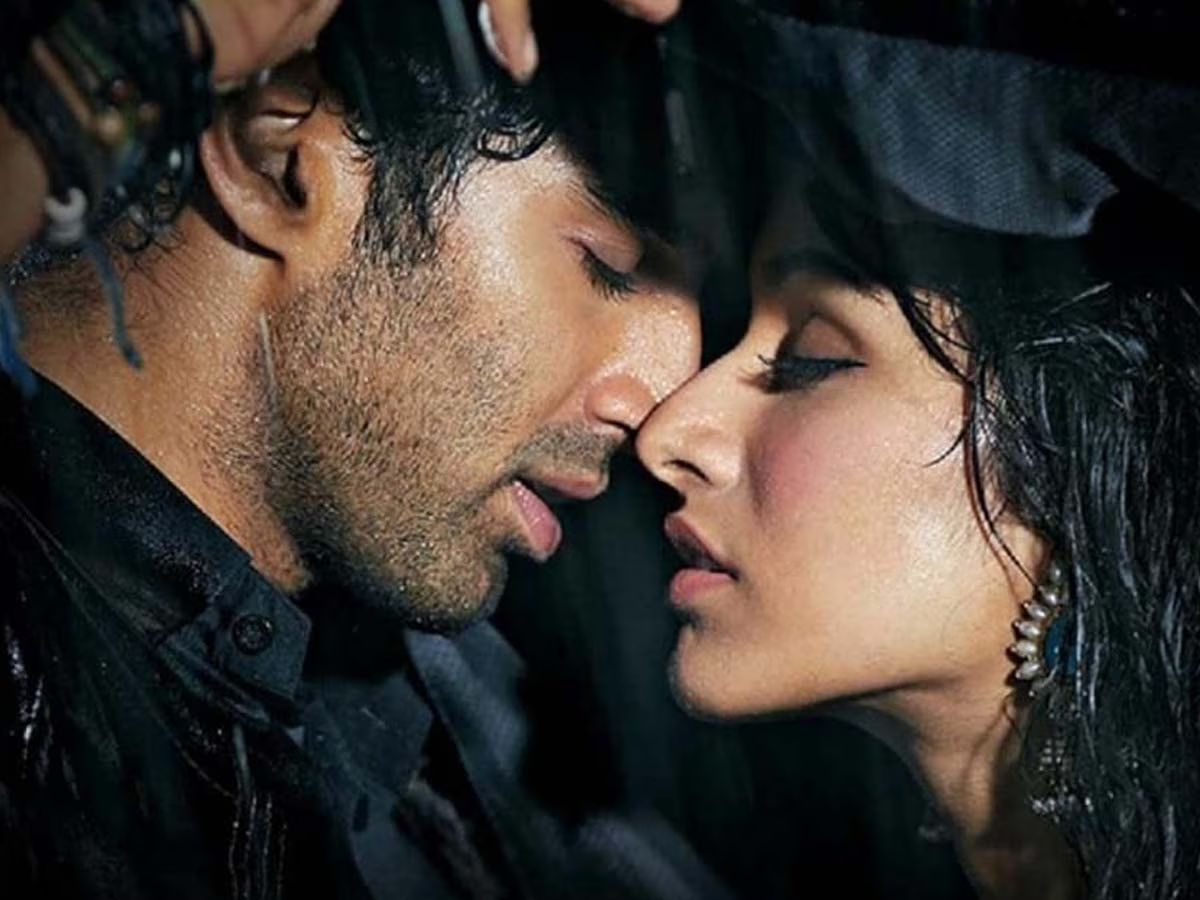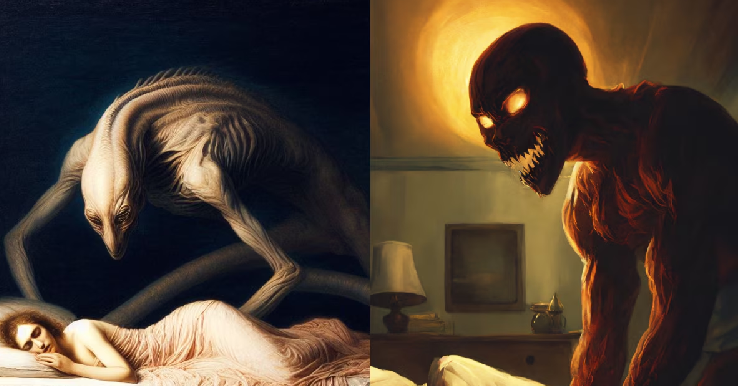Most recently, October 29 was World Stroke Day. The aim is to spread awareness about the disease among the people. People know a lot about heart attacks but they are not very aware of brain attacks or strokes.

To do so is to invite crisis, as not only the elderly, but also young people are at risk of brain stroke. This is because of the wrong lifestyle and bad eating habits somewhere. Today we will learn why this disease occurs in such a situation, who is at high risk and how to prevent it.
* Differences between brain attack, stroke and bleeding
- Often people think that stroke, stroke and bleeding are the same thing, but they are not. When the blood supply to the nerves of the brain is reduced, it is called a small brain stroke, and when the supply stops, it is called a major stroke, which can lead to death.
- When the nerves are blocked it is called ischemic i.e. brain attack and when the nerves of the brain rupture it is called brain hemorrhage.

* Why does a brain stroke occur?
When blood clots form in the blood vessels that carry oxygen and blood to the brain, the brain cells die and the blood supply stops. This affects the work of the brain, which is called brain stroke. Although a stroke can occur at any time, most cases occur in the morning because the blood pressure is high at that time.
* Types of brain strokes
1. There are two types of brain stroke. The first mini-stroke, in which the patient has difficulty speaking, feels weak. In this, one side of the body stops working completely, but in 24 to 48 hours (1-2 days) it is fine. In such cases, the chances of recovery are 90% but without proper treatment, full development is likely in the next 2-3 years.
2. Second full flange stroke, in which the patient becomes paralyzed and the face may become crooked. In this, the chances of recovery depend on which artery is attacked and how much. If the main artery is attacked, healing is possible in only 50% of cases.
* Symptoms of brain stroke
. Paralysis on one side of the body
. The face goes crazy
. Numbness of hands or feet
. Difficulty speaking and seeing
. Dizziness and vomiting
. Severe headache
However, its symptoms depend on which veins are blocked. Symptoms include nerve blockage in the back of the brain, dizziness, vomiting, and imbalance, and paralysis, difficulty speaking, or seeing when the blood vessels in the frontal lobe are blocked.

* 'These' people need to be more careful
. Brain stroke can happen to anyone, but people over the age of 50, the elderly, diabetics, patients with high cholesterol and high blood pressure need to be more careful.
. In addition, smokers and alcoholics are at greater risk.
. Having a family history of a brain stroke increases your chances by up to 50%.
* Urgent treatment required
If the patient is treated within four and a half hours after the attack, the patient's life can be saved. Delay in treatment leads to death of the patient in 10-15% of cases. In such cases, the patient should be taken to the same hospital where 24-hour CT scan is available.
* Problems may increase after recovery
After a brain stroke, the patient often has to deal with other problems, such as:
- Lung infection
- Pneumonia
- Nodules in the veins of the legs, which sometimes also go towards the heart
- Thigh injury due to constant lying down










